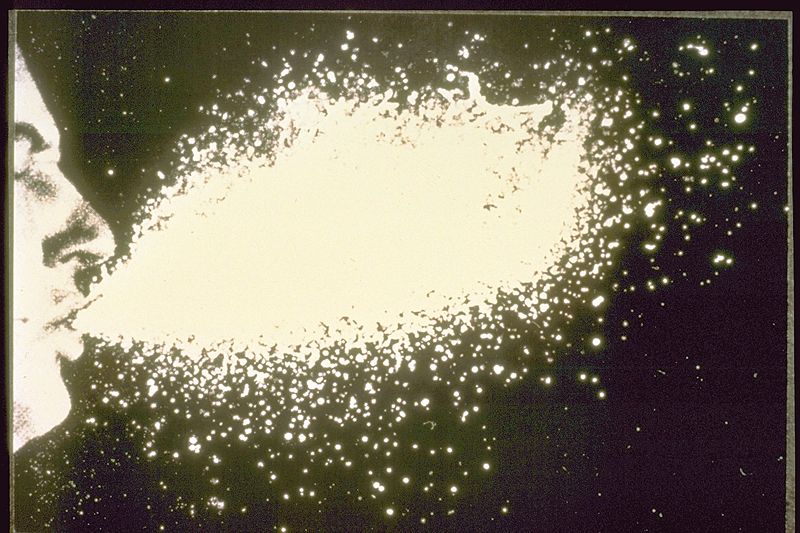Acute viral nasopharyngitis epidemiology and demographics
|
Acute viral nasopharyngitis Microchapters |
|
Differentiating acute viral nasopharyngitis from other diseases |
|---|
|
Diagnosis |
|
Treatment |
|
Case Studies |
|
Acute viral nasopharyngitis epidemiology and demographics On the Web |
|
American Roentgen Ray Society Images of Acute viral nasopharyngitis epidemiology and demographics |
|
FDA on Acute viral nasopharyngitis epidemiology and demographics |
|
CDC on Acute viral nasopharyngitis epidemiology and demographics |
|
Acute viral nasopharyngitis epidemiology and demographics in the news |
|
Blogs onAcute viral nasopharyngitis epidemiology and demographics |
|
Risk calculators and risk factors for Acute viral nasopharyngitis epidemiology and demographics |
Editor-In-Chief: C. Michael Gibson, M.S., M.D. [1]
Overview
Epidemiology
Upper respiratory tract infections are the most common infectious diseases among adults, who have two to four respiratory infections annually.[1] Children may have six to ten colds a year (and up to 12 colds a year for school children).[2] In the United States, the incidence of colds is higher in the fall and winter, with most infections occurring between September and April. The seasonality may be due to the start of the school year, or due to people spending more time indoors (thus in closer proximity with each other) increasing the chance of transmission of the virus.
Virus
Common colds are most often caused by infection by one of the more than 100 serotypes of rhinovirus, a type of picornavirus. Other viruses causing colds are coronavirus, human parainfluenza viruses, human respiratory syncytial virus, adenoviruses, enteroviruses, or metapneumovirus.[3][4]
Transmission

The common cold virus is transmitted between people by one of two ways:
- in aerosol form generated by coughing, sneezing, or
- from contact with the saliva or nasal secretions of an infected person, either directly or from contaminated surfaces.
Symptoms are not necessary for viral shedding or transmission, as a percentage of asymptomatic subjects exhibit viruses in nasal swabs.[5] The infectious period (time during which an infected person can infect others) begins about one day before symptoms begin, and continues for the first five days of the illness.
The virus enters the cells of the lining of the nasopharynx (the area between the nose and throat), and rapidly multiplies. The major entry point is normally the nose, but can also be the eyes (in this case drainage into the nasopharynx would occur through the Nasolacrimal duct).
References
- ↑ Garibaldi RA (1985). "Epidemiology of community-acquired respiratory tract infections in adults. Incidence, etiology, and impact". Am. J. Med. 78 (6B): 32–7. PMID 4014285.
- ↑ Simasek M, Blandino DA (2007). "Treatment of the common cold". American family physician. 75 (4): 515–20. PMID 17323712.
- ↑ "Common Cold (Upper Respiratory Infection)". The Merck Manual Online. Merck & Co. November 2005.
- ↑ CKS (2007). "Common Cold (Topic Review)". Clinical Knowledge Summaries Service.
- ↑ "Common Cold" (PDF) (pdf). Department of Health, Government of South Australia. 2005.